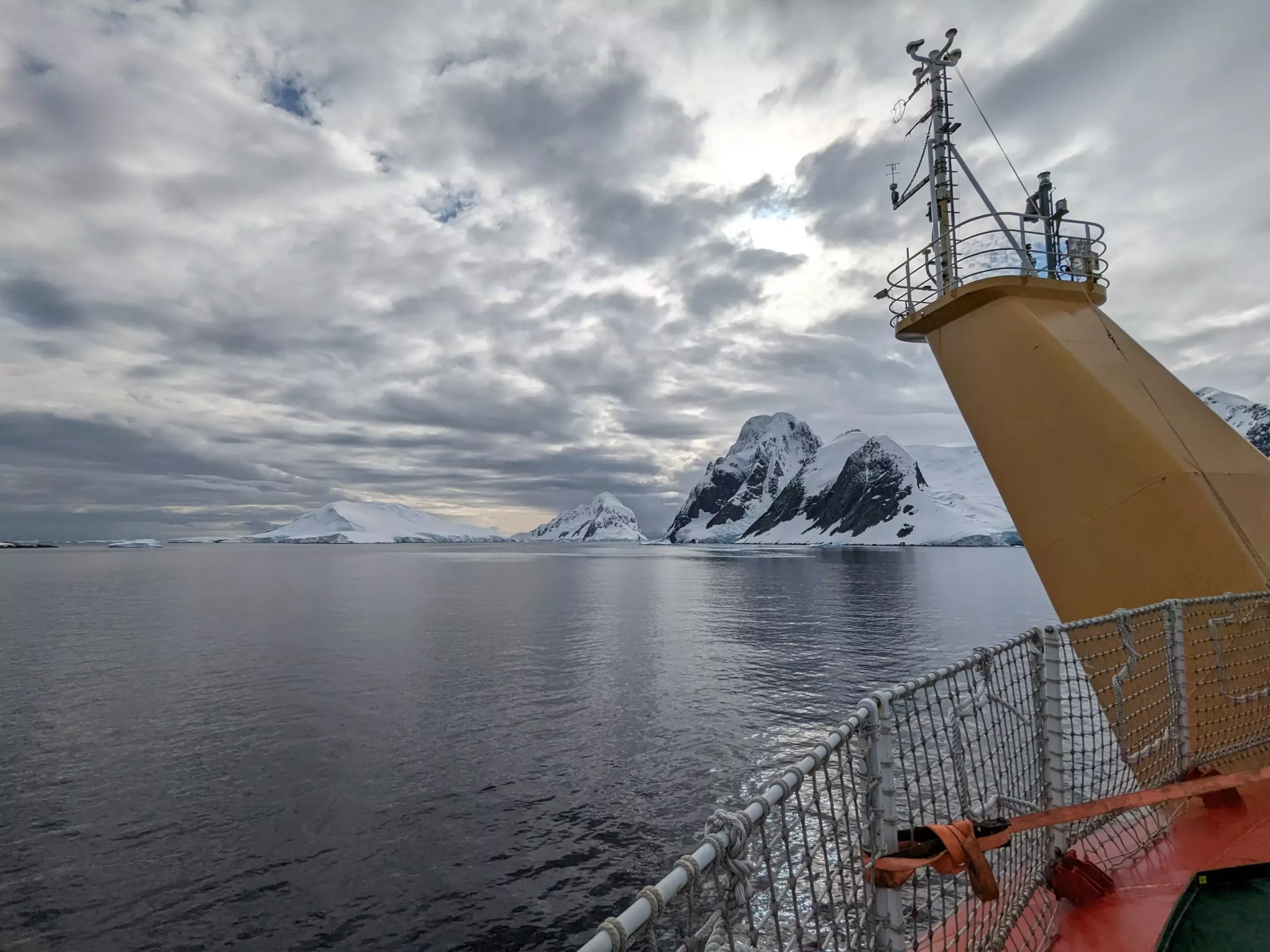Recent research conducted by a collaborative team from the University of East Anglia (UEA) and Plymouth Marine Laboratory (PML) has reshaped our understanding of the Southern Ocean’s role in sequestering carbon dioxide (CO2). Utilizing cutting-edge methodologies, such as the eddy covariance technique, this team has discovered that the Southern Ocean absorbs approximately 25% more CO2 than previous estimations suggested. This advancement is not just a minor adjustment; it could significantly impact climate models and how we approach mitigating climate change.
The Southern Ocean, encasing Antarctica, is increasingly being recognized as one of the globe’s most vital carbon sinks. Historically, most data regarding CO2 absorption in this region have relied on indirect measurements from sporadic shipboard data or estimations from ocean models. In contrast, the direct measurements reported in the recent study promise a more accurate depiction of the carbon absorption dynamics. This new approach represents a substantial shift in our understanding of how oceanic processes can mitigate atmospheric CO2 levels.
The Importance of Direct Measurements
The researchers employed the novel eddy covariance method, integrating flux systems directly mounted on ship foremast during various cruises in the Southern Ocean. This setup allowed for real-time, precise measurements of air-sea CO2 fluxes over numerous hours during the Antarctic summer months of 2019 and 2020. Specifically, approximately 3,300 hours of data were collected, covering a much more extensive temporal scale than previous datasets, which typically provided measurements much less frequently. This increase in data collection frequency is critical as it captures short-lived yet intense CO2 uptake events that previous models or float-based measurements completely overlooked.
By comparing their observations to widely used datasets and global carbon models, the researchers found expansive discrepancies between direct measurements and prior estimates. This not only highlights the limitations of past approaches but also underscores the need for a paradigm shift in how we study carbon exchange in dynamic oceanic regions.
CHALLENGES AND INCONSISTENCIES
Despite this monumental progress, uncertainty looms large over the Southern Ocean’s CO2 absorption capacity due to historical data inconsistencies. Variables such as time scales of data averaging and temperature fluctuations in the upper ocean can significantly alter flux estimates. The study’s lead author, Dr. Yuanxu Dong, emphasized that these observations are critical for enhancing current models, as they offer tangible evidence that the Southern Ocean may be far more effective at mitigating atmospheric CO2 than previously acknowledged.
Moreover, the research team recognized that existing models still fail to capture certain geographical and temporal characteristics of CO2 uptake. They argue for the necessity of incorporating temperature adjustments and finer spatial resolution in future estimates. The alarming inconsistency in CO2 data presents an urgent call to action; if we are to mitigate climate change effectively, we must first understand the mechanisms at play in our oceans.
Technological Innovations Driving Discovery
The development of autonomous high-frequency eddy covariance systems represents a technological breakthrough in the quest for understanding carbon absorption dynamics in challenging marine environments. These systems offer new opportunities for marine scientists to gather important data more frequently and reliably. Without such innovations, valuable months of data collection would be lost, risking the integrity of carbon budget calculations across global climate studies.
Moreover, funding and accessibility issues have plagued oceanic research, particularly exacerbated by the COVID-19 pandemic. Notably, the number of surface ocean CO2 measurements has fallen drastically, with a staggering 40% reduction in Southern Ocean data submissions to the Surface Ocean CO2 Atlas (SOCAT) from 2017 to 2021. This decline significantly impairs our ability to establish a comprehensive understanding of how oceans respond to rising atmospheric CO2 levels.
The Path Forward: Filling the Gaps
Looking to the future, researchers acknowledge the necessity for continued investment in high-quality observational programs—particularly during winter when data collection is even more problematic. Deploying more automated buoys and sail drones may help bridge existing gaps and provide insights into seasonal variations in CO2 flux. With recent advancements, such as moving flux systems onto the new RRS Sir David Attenborough for research in the Weddell Sea, the aspirations for a more comprehensive understanding of Southern Ocean dynamics are nearer to realization.
In essence, the implications of this research extend beyond academia; they are fundamental to global climate strategies and the ongoing battle against climate change. By ensuring we equip ourselves with robust observational tools and funding, we can better understand the mechanisms driving climate regulation on our planet. The Southern Ocean has revealed itself to be a critical frontline in our understanding of Earth’s carbon balance, and ongoing investigation will enable humanity to make informed decisions about our climate future.


Leave a Reply